Diagnose Engine Problems With Vacuum Gauge "How To" YouTube
Using Engine Vacuum to Diagnose Performance Issues RacingJunk News
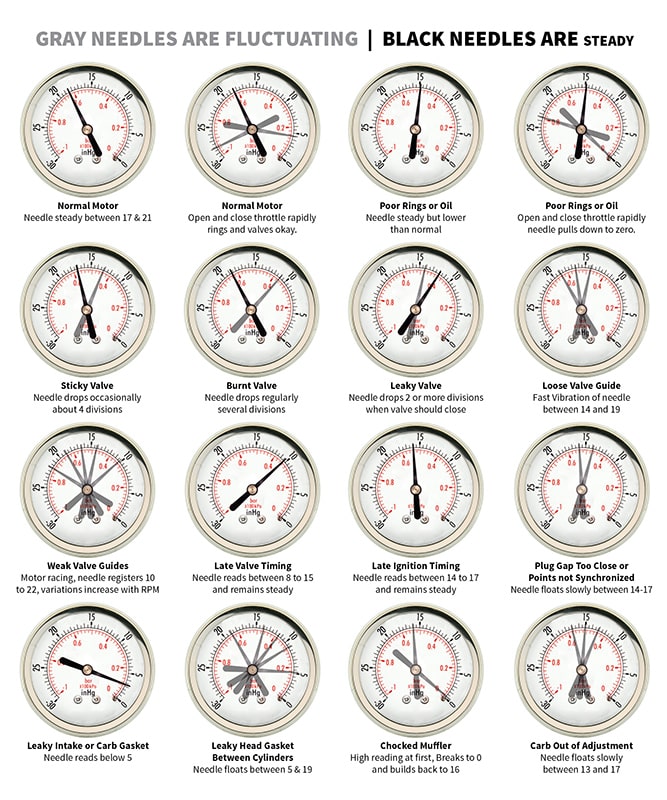
Study the problem and take appropriate measures to restore the situation. 1. Failure for the engine to start. The failure of a car engine to start is one of the most serious engine problems a car owner may ever experience. This problem is usually traceable to corroded battery cables, blocked fuel filters, failure of starter motor relay, faulty.
Ways to Find & Diagnose Problems In Car
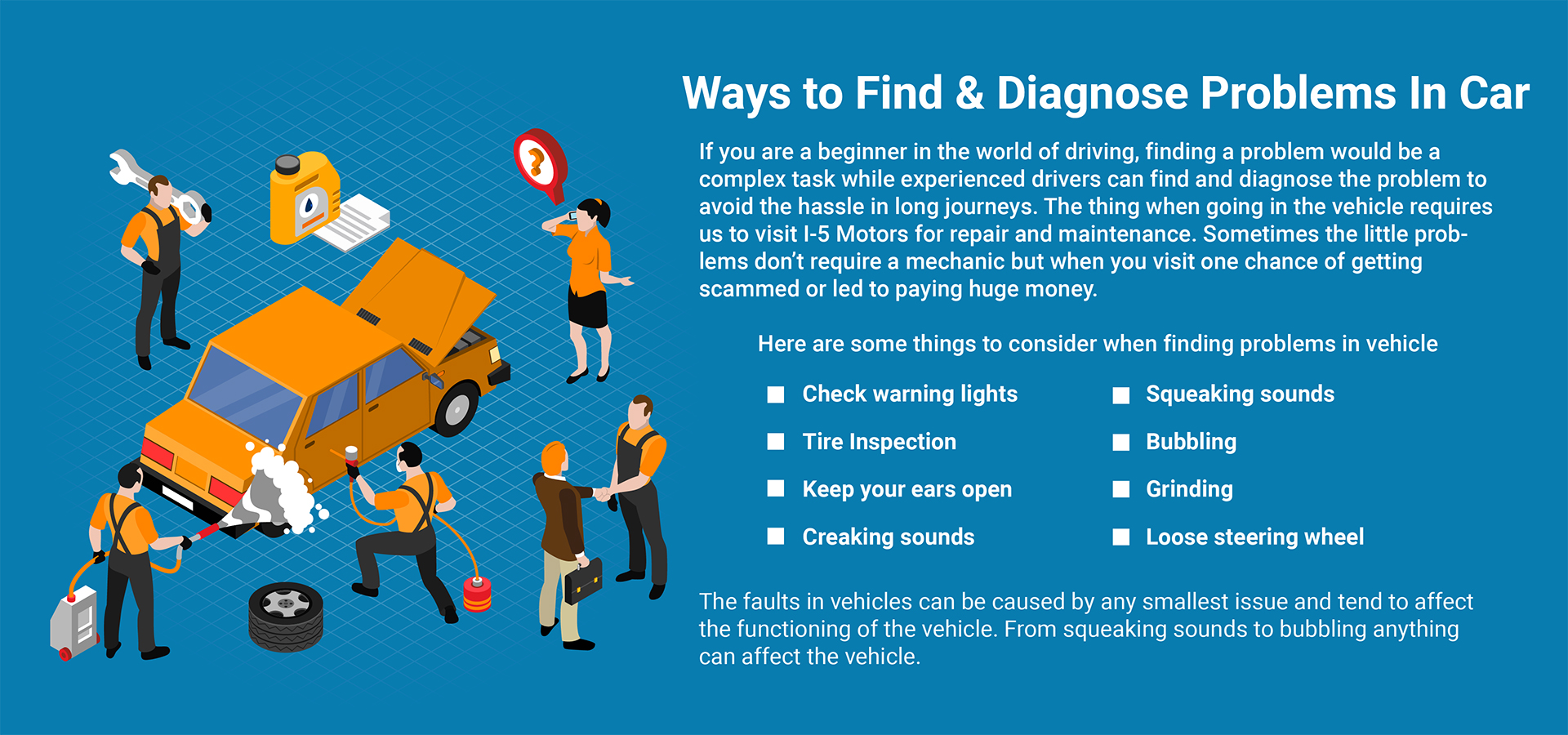
Diagnosing Your Engine When There Are No Trouble Codes Dan Ferrell Updated: Aug 28, 2023 12:15 AM EDT Engine diagnostic without DTCs can be difficult sometimes. Photo courtesy of Stephen Foskett on Wikimedia. Engine Problems With No Light or Codes
How to Use a Vacuum Gauge to Diagnose Engine Problems Truck repair

" Check Engine ", "Service Engine Soon" or "Reduced Power" lights or warning messages on your dash mean your car's computer has detected a problem with the engine or transmission and stored a trouble code in its memory. In most cases, the problem is caused by a faulty sensor that you can probably replace yourself.
Engine Problem, Engine Failures, Assembly procedures, Engine diagnostic

What does an engine diagnostic test consist of? An engine diagnostic test typically consists of several steps and procedures that are designed to gather and analyze data from the engine's sensors and systems. Here is a general overview of the process:
Automobile Computer Diagnosis. Car Mechanic Repairer Looks for Engine

If your engine is sputtering, this can be caused by a multitude of factors too. A torn fuel line, bad quality gas, dirt in your gas tank, a leaky injector, a faulty coil pack, worn fuel pumps, and.
Vw Polo Automatic Transmission Fluid Check / How To Change Or Flush

Diagnosing an engine problem requires that a person checks the spark plug wires, their vacuum lines, the car battery and more. Discover how to diagnose an en.
Diagnose Car YouTube

To diagnose the issue, start by checking the battery to see if it's dead. If the battery is good, then check the starter motor and fuel system. A faulty starter or fuel pump could be the root cause. Engine Misfires or Runs Rough. An engine that misfires or runs rough is often caused by issues in the ignition or fuel systems.
Guide to Diagnose Engine Problems Car Troubleshooting

Common Engine Problem Symptoms Your engine is a complicated machine. Hundreds of components need to work together to make it run at all, and many other factors come into play that can cause a breakdown. Here are some of the major engine problem symptoms to look out for, and how you can do preliminary engine diagnosis.
Blog J&R Automotive

Diagnose and fix engine problems effectively to provide high-quality mechanical services. The engine is the most critical part of any automobile. As an auto mechanic, you need to possess the skills to spot any issues related to the engine in its earliest stages and perform the necessary repairs to improve the reliability, safety, and longevity.
What a Vehicle Diagnostic Test Checks For Reliable Automotive
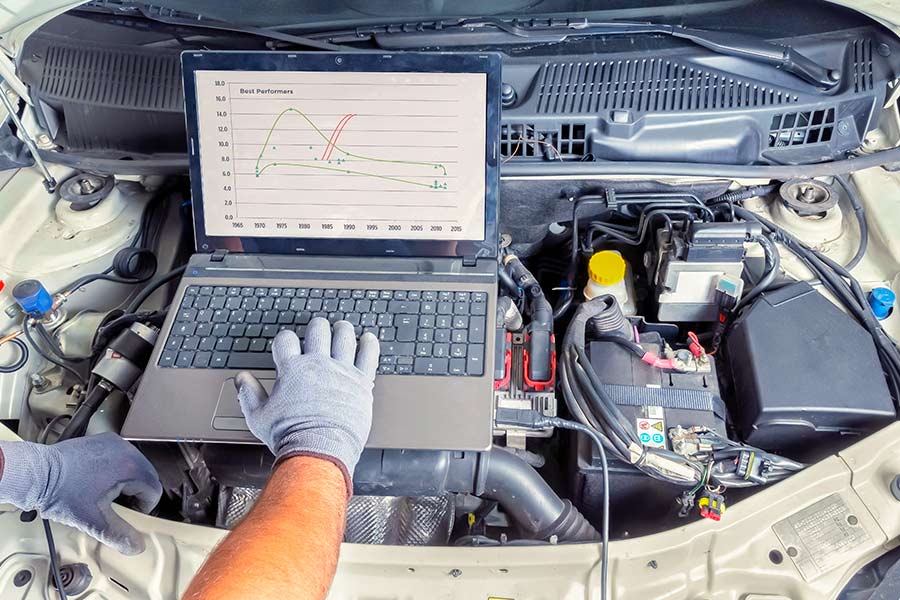
Normal Engine Operation At idle, an engine should show a steady vacuum reading between 17″ and 21″. A quick opening and closing of the throttle should cause the vacuum to drop below 5″ then rebound to 21″, or more. General Ignition Issues or Sticky Valves
Vacuum gauge help Grumpys Performance Garage

Symptoms and Causes of Engine Noise Diagnosing engine noise is often one of the most difficult tasks you can deal with. Most of the noises that come from the engine can be described by such words as: ticking, tapping, knocking, hissing, or popping. The type of sound doesn't in itself tell you where it came from.
How to Diagnose a Cooling System Problem YourMechanic Advice
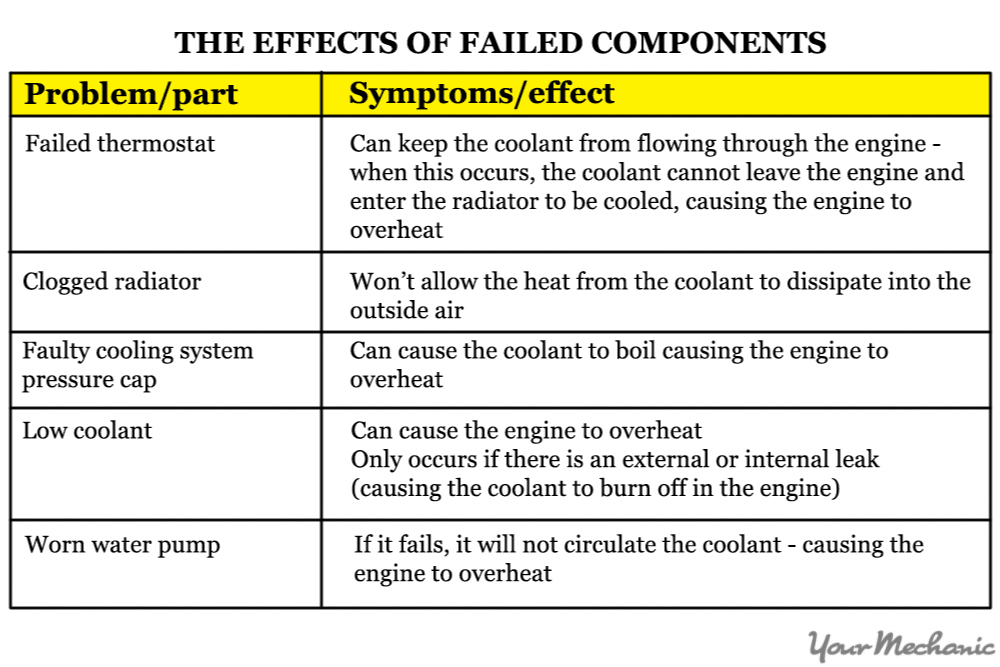
Step 1: Listen to Your Engine One of the simplest ways to identify potential issues is by paying attention to the sounds your engine makes. Unusual noises, such as knocking, ticking, or hissing, can provide valuable clues about underlying problems.
Why won’t my car start? — How to diagnose engine problems Autodeal

Step 1: Identify the Symptoms. The first step in diagnosing engine problems is to identify the symptoms. Common symptoms of engine problems include strange noises, reduced power, unusual smells, and warning lights on the dashboard. By paying attention to these signs, you can begin to pinpoint the root cause of the issue.
Best Engine Repair Shop Roy UT Paskett Auto
A visual inspection of the engine is the first step in proper diagnostics. Is a wire loose? Did a vacuum line fall off? Do not look for a complicated solution to a simple problem. Just as a doctor establishes a medical history for his patients, you should create a mechanical history for your engine.
Engine problems YouTube

Engine diagnostics refers to the process of identifying and analyzing problems within an engine system. It involves the use of specialized tools and equipment to gather data from various engine components and sensors.
Engine Diagnostics and Performance AutoSpot Auto Repair Centerville
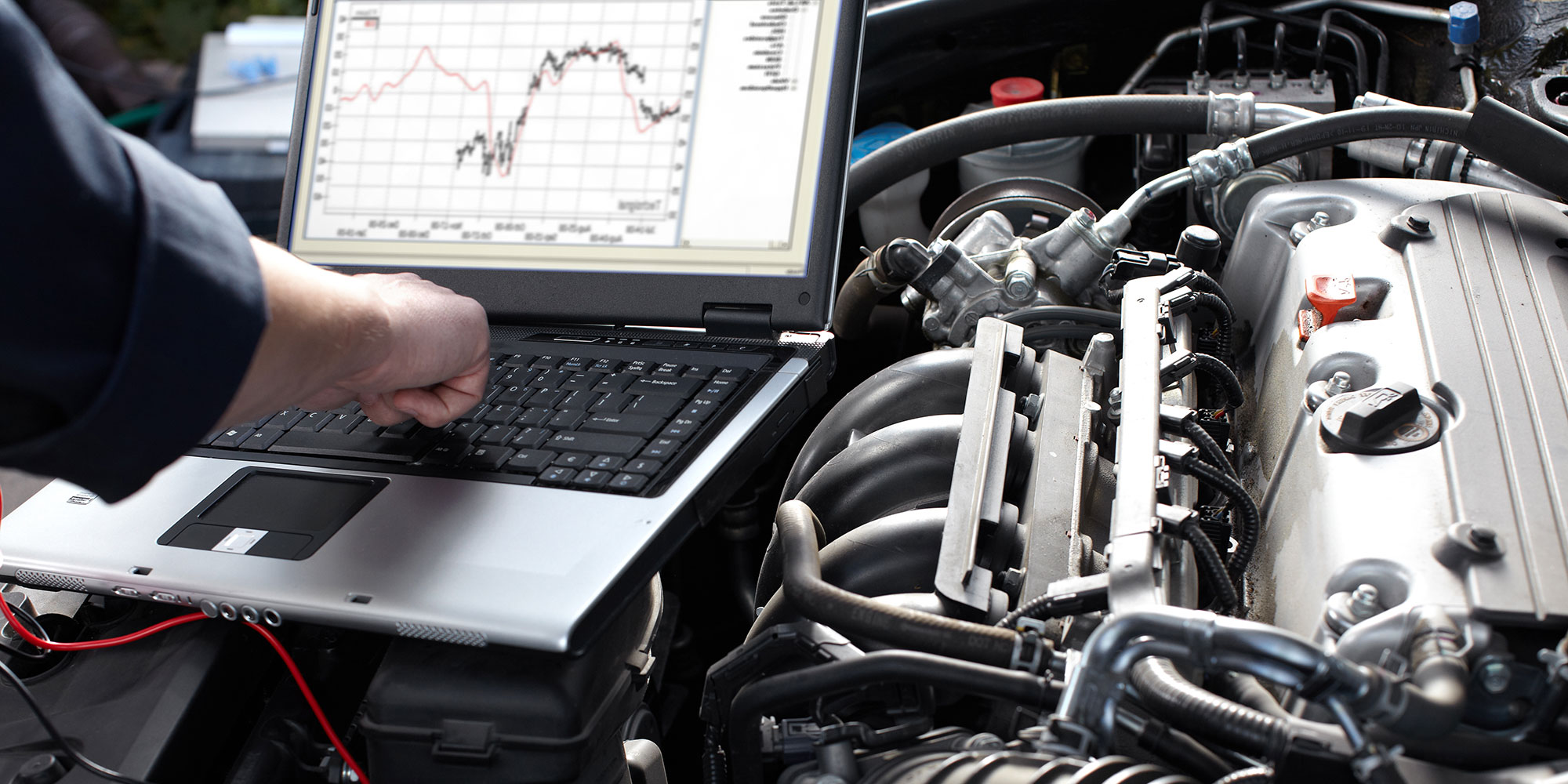
Here are some common engine failures that most car owners face and how to diagnose engine problems: 1. Poor lubrication It's absolutely vital that your engine receives enough oil between its moving parts. A lack of lubrication will cause unnecessary friction inside the engine, leading to overheating and worse still, the engine seizing up.